M1: A Multi-tool for Pentesting & Hackers
The age of hacker multi-tools has arrived.
The age of hacker multi-tools has arrived.
To make the experience fit your profile, pick a username and tell us what interests you.
We found and based on your interests.
We've had quite a few requests to share final schematics. Let's start with H series.
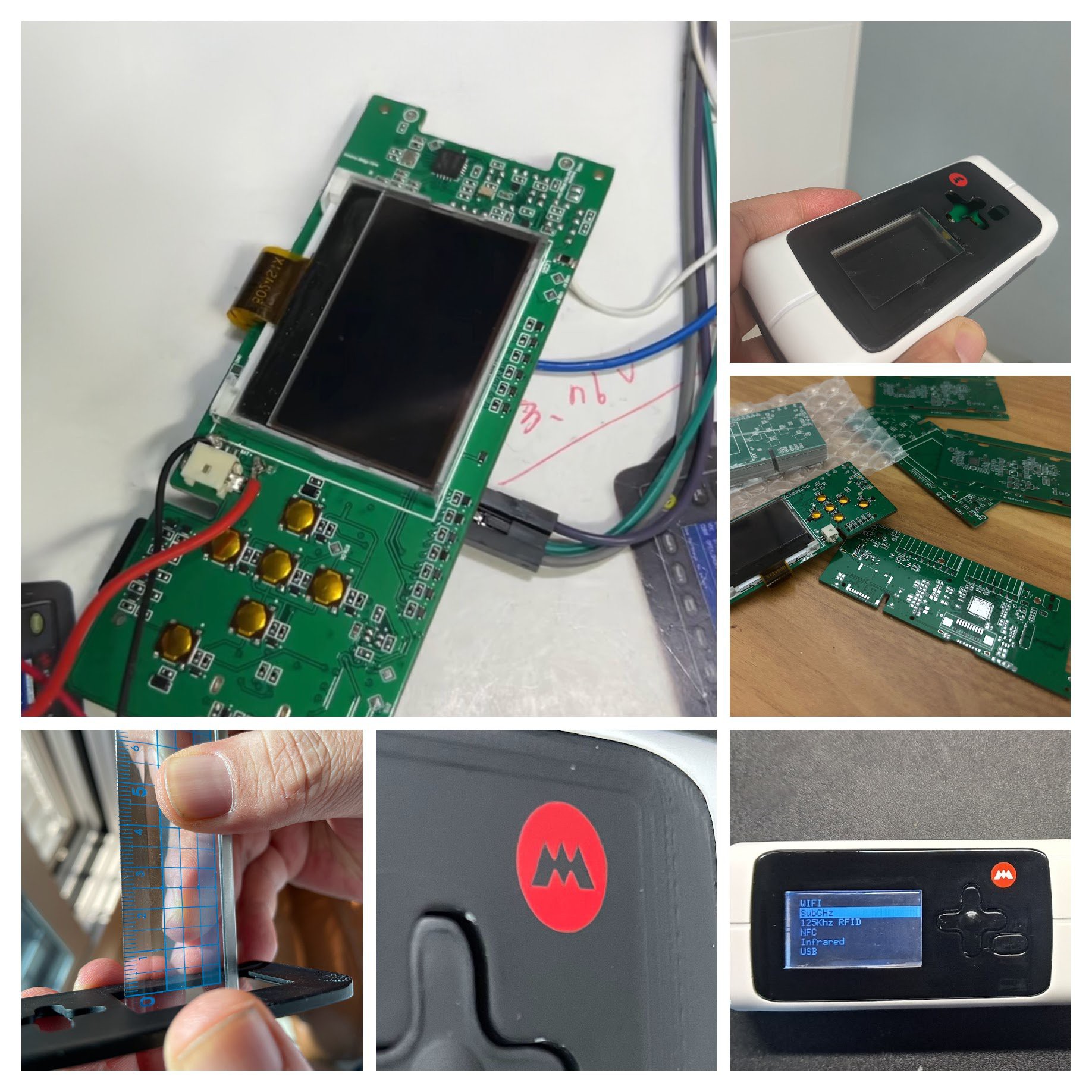
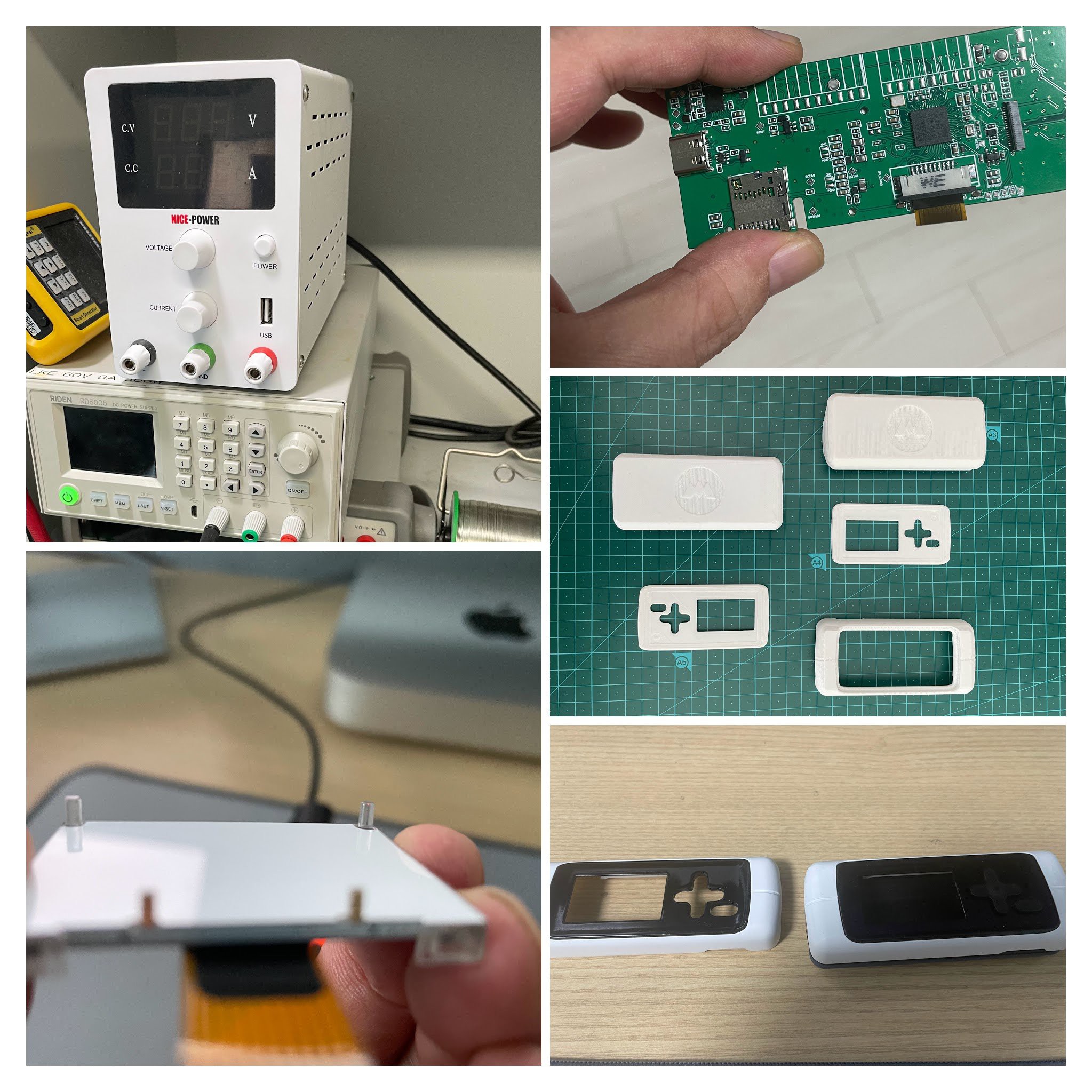
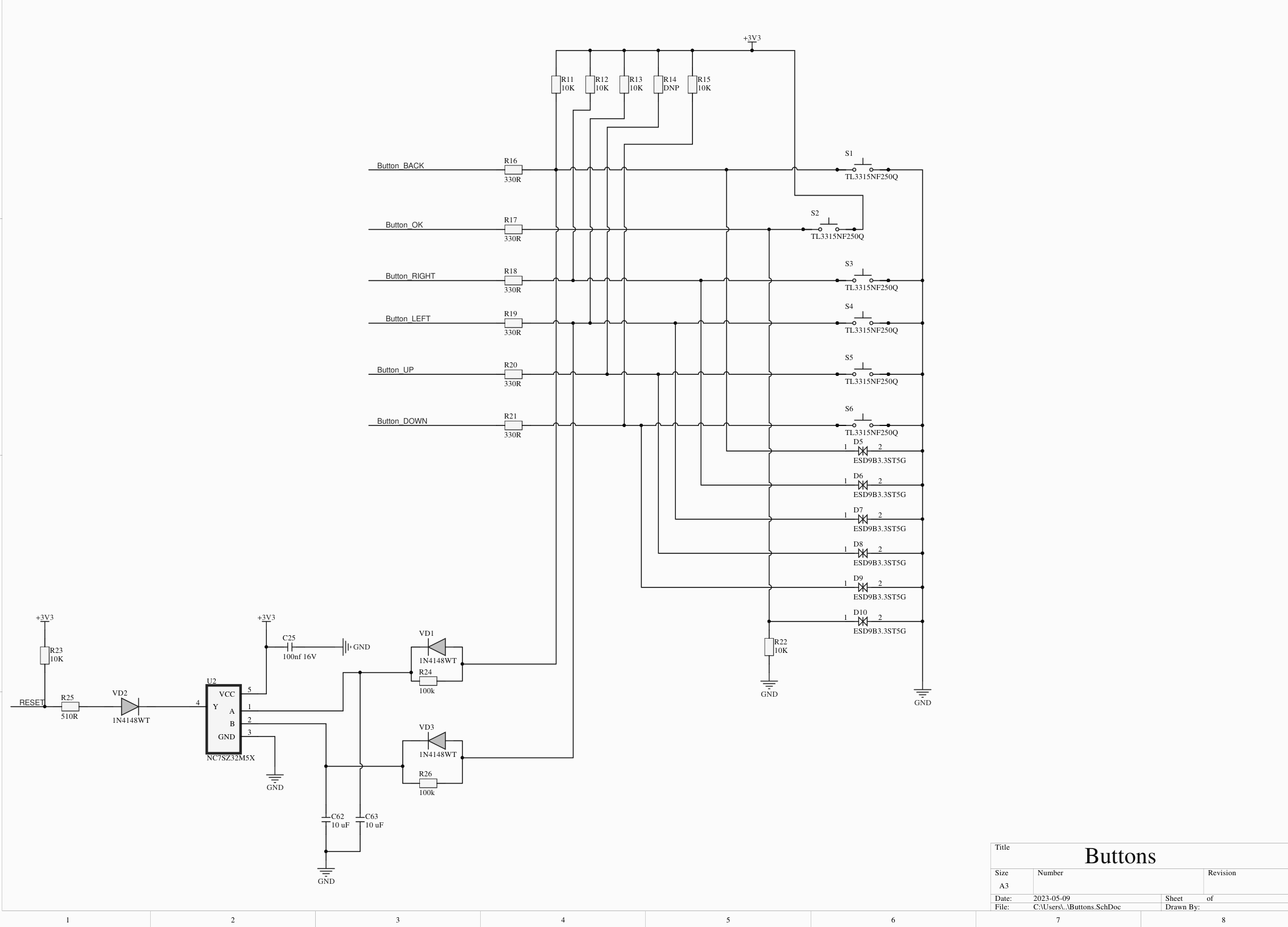
Screen test video that was requested by one of our backers. Beta prototype of the M1.
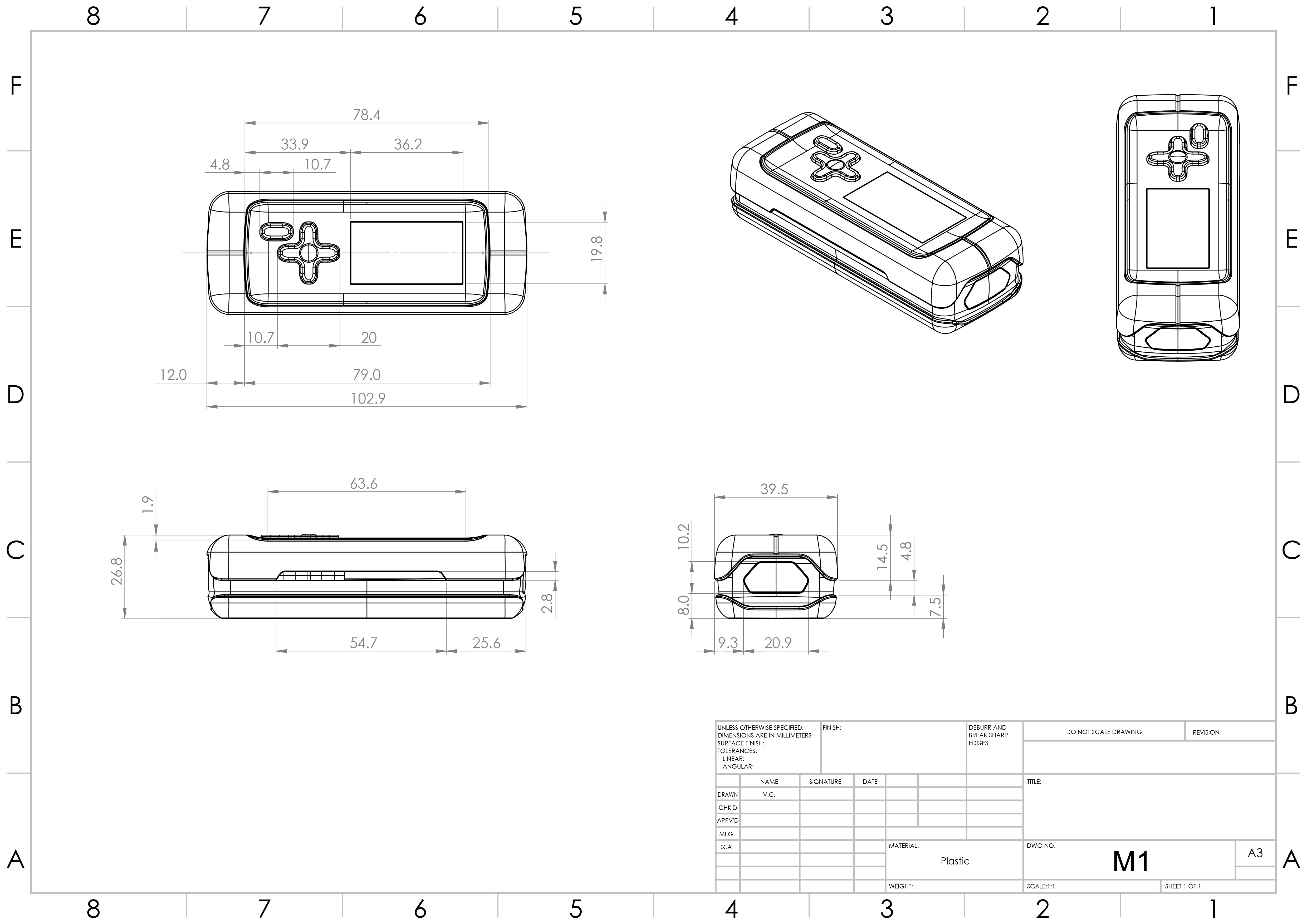
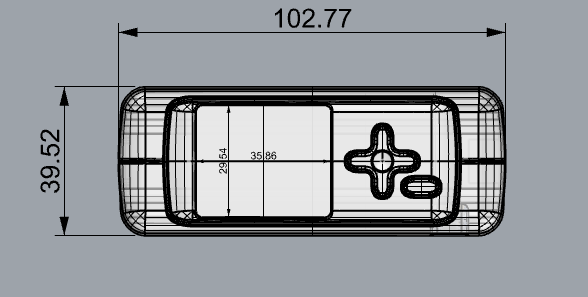
Initial stages of the enclosure design process.

We’re so thankful to the community. Our kickstarter campaign is off to a great start, and we couldn’t have done it without your support.
Now on Kickstarter!! Hello everyone, we're thrilled to share that the M1 has just launched on Kickstarter. Our team has put our hearts and souls into this project, and we would be truly grateful for your support. By backing us, you’ll be giving us a chance to bring this project to life. We’d like to offer you exclusive early-bird prices and invite you to become a part of our growing community. We sincerely appreciate any support in spreading the word about our Kickstarter campaign on social media, forums, and with your friends. Your support means the world to us – thank you so much for your consideration.
When it came to infrared, we had a few basic criteria:
So, we looked at the Vishay IR Receiver Modules. Specifically the tsop753 and its sensitivity around the 38kHz band-pass center frequency. This was necessary to guarantee that our device's IR transmitter is in harmony with the TSOP753's reception capabilities. A cool thing about the TSOP753 is its improved immunity against ambient light. It also has a low profile of 2.35mm, which helps with a compact device like ours. It’s reliable and widely available. If it ain’t broke, don’t fix it.
Working with IR receivers and components, here's what we further considered:
Crucial to devices such as ours is the Sub-1 GHz transceiver. We definitely wanted to employ a transceiver that is capable throughout a wide range of frequencies. (Refer to Frequency Range in chart below). The Si4463 transceiver boasts optimal sensitivity, allowing it to discern even very faint signals. Additionally, its robust power output ensures extended range communication capabilities. And it’s nice to have data rates up to 1 megabyte per second as opposed to only 500 kilobytes per second.
We liked the Bluetooth capabilities of the STM32WB, but were underwhelmed by its overall performance. Besides, Bluetooth was already integrated in our wireless components. In the end, the H series of MCUs from STM microcontrollers was the only way to fly.
Beyond sheer performance, we chose the STM32H5 series over the STM32WB series for its enhanced security features. The STM32H5 offers a robust suite of security capabilities including hardware side security. Moreover, the STM32H5's ability to securely store cryptographic keys was something we hoped we could integrate, especially when considering applications like Two-Factor Authentication (2FA), where the integrity and confidentiality of stored keys are paramount.
Create an account to leave a comment. Already have an account? Log In.
what will m1 have for RFID will it have same as flipper zero or like Proxmark where we can see almost everything and change it as well as copy different type of frequency do include this as well if possible.
Hi, when will it be possible to buy the device? Is there also an mobile app so you can use your android to use the cloned cards (like Flipper) ?
has not been updated in more than 2 month what's going on in project any updates like software or hardware or security patch please kindly updates us as well if not confidential .
I have backed this project on Kickstarter. Any update on finalization of this project and in particular expected delivery date?
Hello I'm sorry to bother you but I was wondering if I could do an honest review of this tool if you could send me one
I have been wanting to back this since you were on kickstarter and when i went to indigogo to. Get in on the early bird and finally had enough. To do so it wasnt available anymore. Is there a way to still get that or is it not possible
Hi, thanks for the quick response. I love the project and 100% believe and support it. In projects like these delays are normal and completely understandable. As leaders, your communication with backers is key, as such I would suggest making a new update for all the backers (the last one was in May).
Hi, our last update was earlier this month, in July. Please check the updates section for more details. Thank you.
Hello I'm sorry to bother you but I was wondering if I could do an honest review of this tool if you could send me one
hey guys, when will you start shipping the batch for Kickstarter? We haven't heard from you for a while and we're getting worried.
Thanks for reaching out. Please refer to our last update. Also we will be posting a follow up within the next week.
I just ordered 2 more for a total of 3. One is going into my R2D2. I can not wait!!!!! Any one else got a project planned?
hi, I wanted to order m1 on Indiegogo but it says that delivery to Cambodia is unavailable...
Sorry we are only taking pledges for the USA and EU for the Indiegogo campaign
Hello!! Congrats!!
Can M1 scan Bluetooth devices ?
Can M1's wifi chipset put in monitor mode and inject packets?
Saludos
Yes, the MonstaTek M1 can scan Bluetooth devices. You can use standard Bluetooth scanning tools and commands to detect nearby Bluetooth devices.
No, the MonstaTek M1's Wi-Fi chipset cannot be put in monitor mode and inject packets out of the box.
What level of compatibility with Flipper Zero ecosystem do you plan to maintain?
It's the final testing stage, so I'm concerned about whether to increase the switch of multiple languages. I don't think this is a technical problem.
[this comment has been deleted]
Thanks for the comparison. We invite you to explore the blog for key differences. We are confident that you will find that the M1 has significant advantages over other devices.
I'm hoping they use their platform, app and run this puppy right along side of the Flipper. It's all open source, Flipper has a Cult Like following. Let's hope that what they did.
Assume we're still getting the fast charge and pet tag feature from the stretch goals? Also very much looking forward to what breakout modules you guys end up rolling out. Great work.
Become a member to follow this project and never miss any updates
By using our website and services, you expressly agree to the placement of our performance, functionality, and advertising cookies. Learn More
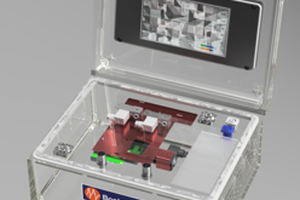


 Pavel Zhovner
Pavel Zhovner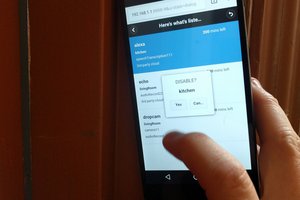
 AKA
AKA
Hello,
I want to purchase The M1.
How can I do it?
Thank you.